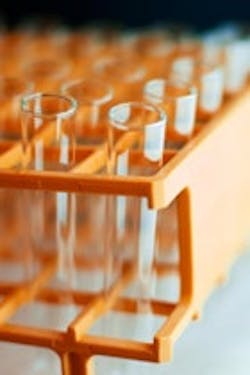Study Finds Possible Carcinogen in Tap Water in 31 U.S. Cities
A study found that hexavalent chromium, a probable carcinogen, was present in tap water in 31 U.S. cities, The Washington Post reported. The study, conducted by the Environmental Working Group, is the first such analysis of hexavalent chromium to be publicly released. It tested tap water in 35 cities, and found that hexavalent chromium was present in 31. Twenty-five of those cities had levels above a limit proposed by the state of California.
The National Toxicology Program, a branch of the National Institutes of Health, lists hexavalent chromium as a possible carcinogen. A 2007 study by the National Toxicology Program found increases in tumors in rats and mice that ingested the chemical.
The chemical was used in industry until the early 90s, and is still used in chrome plating and the manufacturing of dyes and plastics. The compound can also leach into groundwater sources from natural ores. The current federal drinking water limit for total chromium, set by the U.S. Environmental Protection Agency, is 100 parts per billion (ppb). The state of California has proposed a limit of 0.06 parts per billion.
Hexavalent chromium gained national attention in 1996, when Pacific Gas & Electric paid $333 million in damages to residents of Hinkley, Calif., who claimed the chemical had leaked into groundwater. The case was the chronicled in the movie “Erin Brockovich.” A study by the California Cancer Registry found that cancer rates in Hinkley “remained unremarkable” between 1988 and 2008. While scientists disagree on hexavalent chromium’s role in the city’s cancer rates, they warn that the chemical could pose a health threat.
Correction: A previous version of the article stated that there was no federal limit for chromium. The federal standard for total chromium is 100 ppb.
Source: The Washington Post
